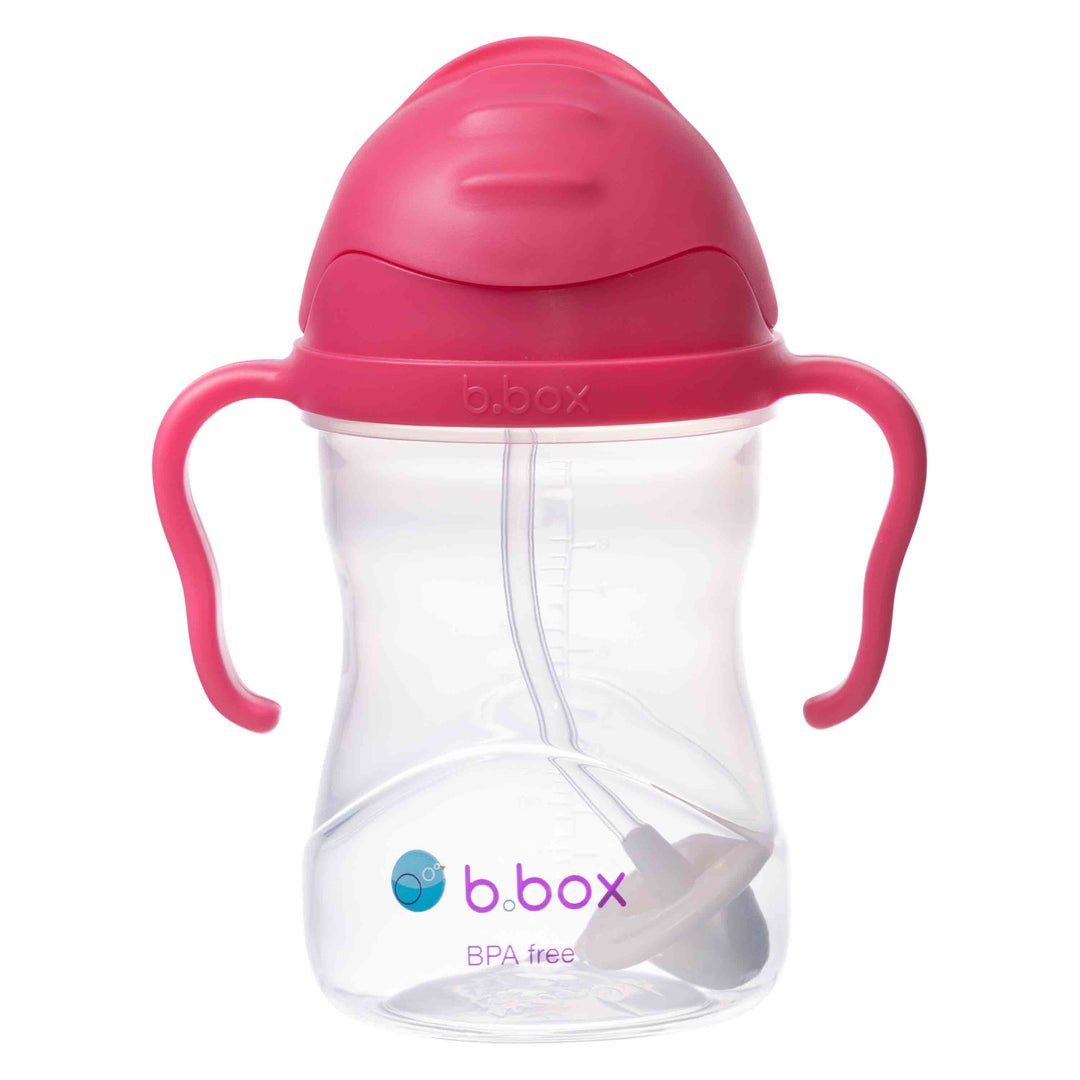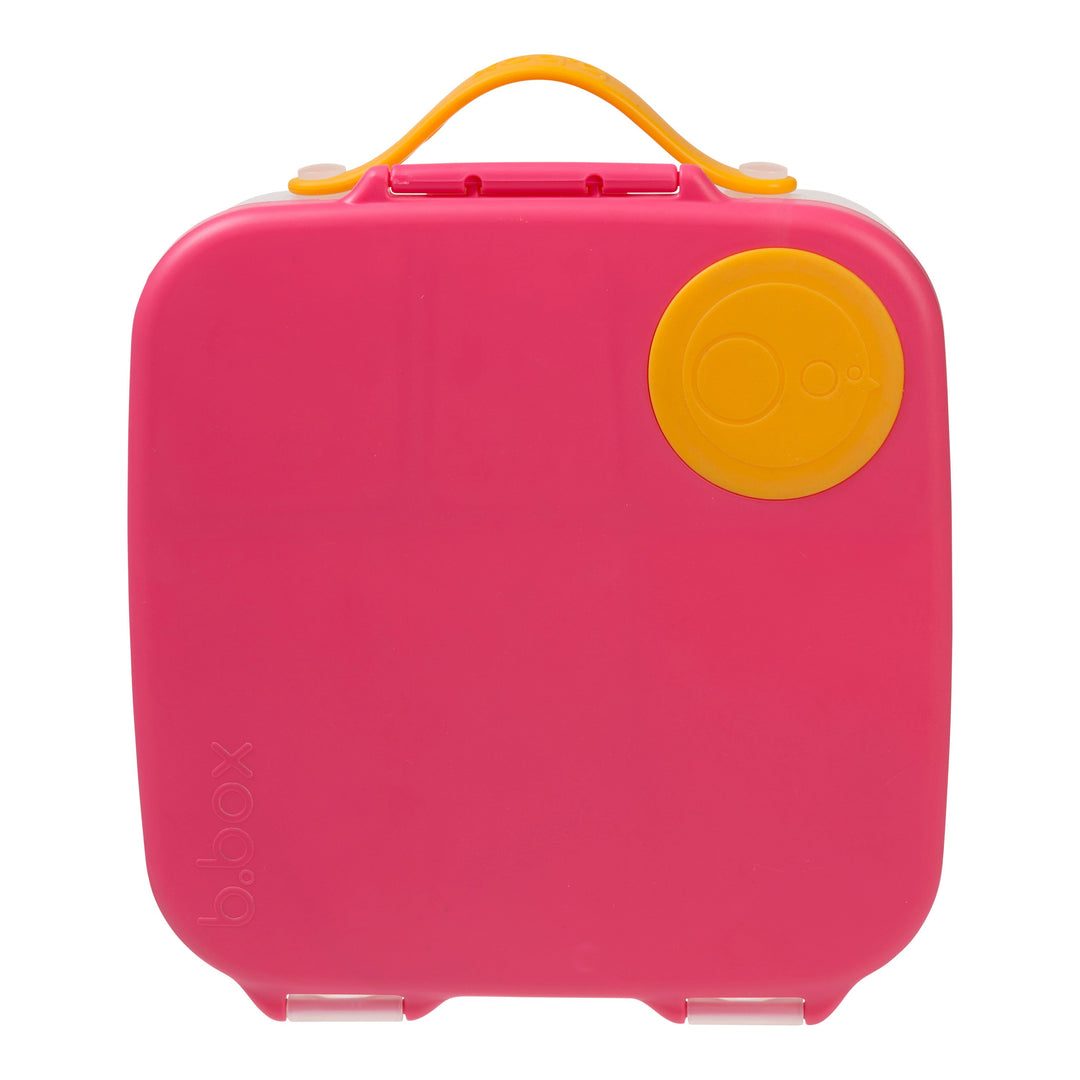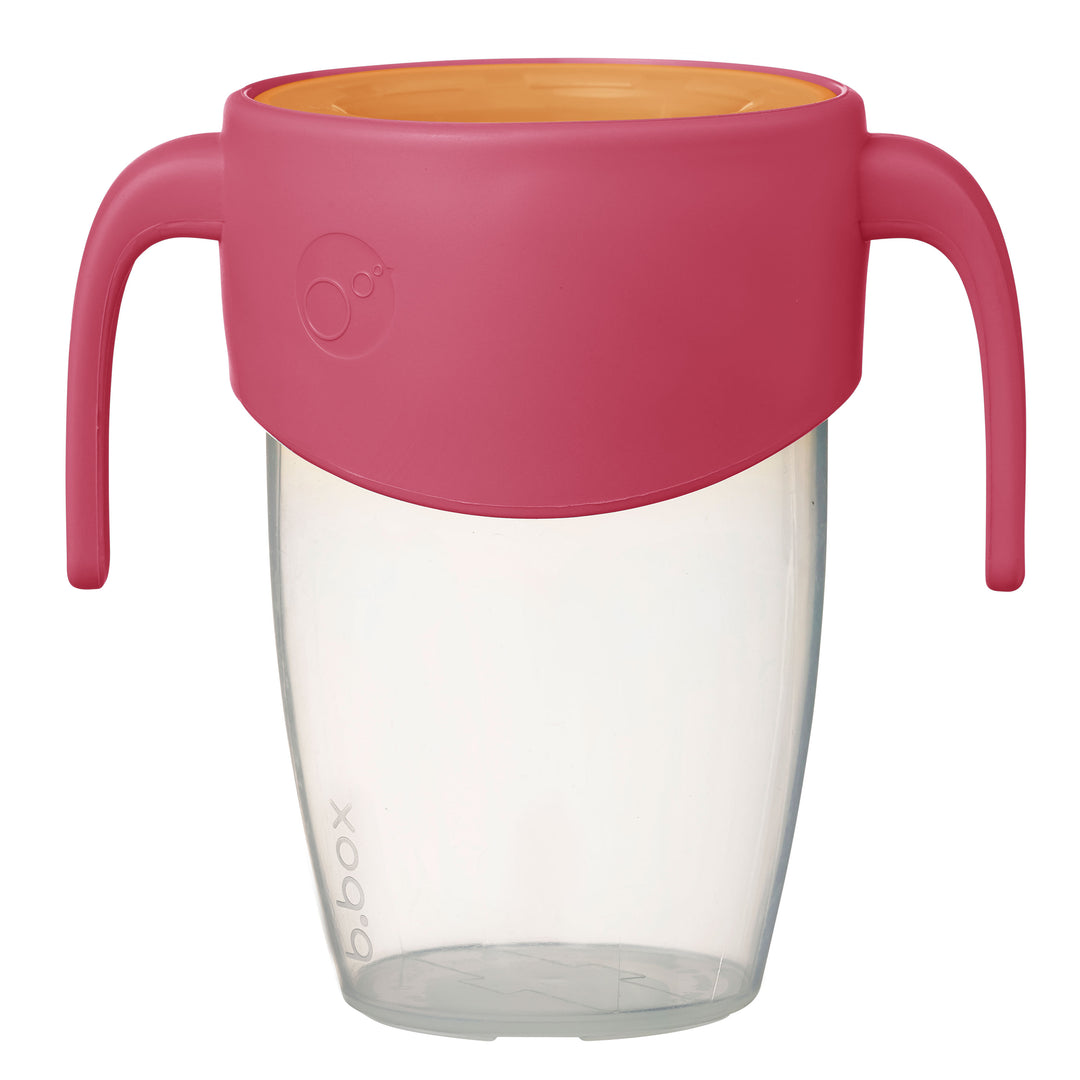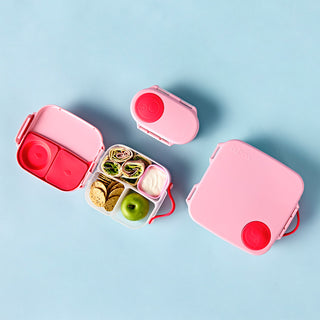Did your kid come home asking for a bento box? You’re not alone. Interest in the Japanese dish has soared in the U.S. in the last decade (although they’ve been around since the 1100s!), with many families using bento boxes as a convenient way to eat portable, well-balanced meals. So, what is a bento box? And how can you pack one for yourself or your family?
We’re here to demystify bento with a definition, a bit of history, and—of course—practical, easy ways to incorporate bento box lunches into your life.
Enjoy the article from start to finish if you have some time on your hands, or jump to what you need the most:
- What is a bento box?
- What are bento styles?
- Practical ways to pack a bento box
- Do I re-heat my bento box?
- Where can I buy a bento lunchbox?
what is a bento box?
A bento box is a compartmentalized container filled with a variety of single-portion food items, such as rice, sushi, or fruits and vegetables. You might purchase a bento box at a restaurant or a convenience store—or you might pack one yourself.

We’ll talk briefly about the ways bento boxes are traditionally created, but you’ll find there are as many ways to pack your bento lunchbox as there are foods your kid will eat one day just to refuse the next (i.e., a lot).
the history of bento
Are bento boxes trending? Yes.
But are they new? Definitely not.
Traditionally a Japanese meal, the bento box has a long, rich cultural history. Some historical records date all the way back to 720 A.D. when falconers supposedly replaced feed bags with their compartmentalized lunches. The more general consensus is that the first bento boxes were popularized during the 1100s, with merchants and farmers using boxes made of bamboo to transport food to work.
The word “bento” itself—a Chinese term meaning “convenient”—was used to describe these boxes by the 1500s. Finally, the 1800s cemented bento boxes into modern life when people began purchasing them at train stations.
what’s inside a bento box?
A traditional bento box typically contains:
- A starch like rice or noodles
- Protein, often fish or sushi
- Cooked and/or pickled vegetables
However, what’s in your bento box depends on what works best for your family. For example, you may choose to include fruit or other food items you know your children will enjoy.
The best part? With the different compartments, you’re able to keep foods separate without using a bunch of plastic or single-use bags.
what is a bento “style”?
If you’ve done any amount of bento box research, you’ve likely heard about “bento styles,” which can vary based on where they’re prepared, how they’re made, or who makes them. It’s helpful to brush up on these styles if you’re hoping to stay true to tradition, or if you’re looking for different ways to freshen up your lunchbox.
We’ve detailed a few of the popular styles below, but remember—there are no rules that say you must stick to (or even use) a specific style.
- Kyaraben or “character bento”: Lunchboxes where traditional bento foods are shaped into popular characters—fun for kids if this is something you enjoy! Some parents have found kyaraben helpful when trying to entice picker kids to eat.

- Koraku bento or “picnic lunchbox”: This is a bento prepped for sharing, typically containing rice balls as a foundational staple.
- Ekiben: This bento lunchbox is a complete meal served at major train stations. According to our history notes, this type of bento was among the first.
- Shikaeshiben: Hopefully you never receive (or feel the need to make) one of these bento boxes. Known as the “revenge” box, it may contain an unappetizing design, an unfulfilling meal, or even completely inedible food.
- Makunouchi: Two-section bento boxes found in convenience stores.
- Aisai or “bento made by loving wives”: We get it—you might not feel so loving at 6:00am (or maybe it’s your “loving partner” that prepares the lunches), but this style of bento is what is typically associated with a lunchbox. When the aisai style is used, great care is used when packing the box, with fulfilling foods and fun designs.
Even if you aren’t trying to recreate the aisai style of bento, packing a lunch for your child, partner, or even yourself is—in and of itself—an act of love. But, we’re all busy, so here are some tips for doing it efficiently.
tips for packing your own bento box
You can create a healthy, well-balanced bento box in a few simple steps. Many food combinations create delicious, kid-approved meals, but here are a few tips to start:
- Add a grain or starch
- If rice isn’t your thing (or your kid’s), consider adding a sandwich or some crackers. Here is one example from the b.box community:
- Add protein
- If you’ve packed a sandwich, adding meat or peanut butter helps boost your lunch’s protein. Otherwise, cheese can be a good source of protein, as well as more traditional bento foods like sushi and fish.
- Think about your fruits and veggies
- Add a small salad, carrots, or another favorite vegetable. Apples, mangos, and berries are all good fruits to include (Did you know: b.box for kids lunchboxes can fit a whole fruit in one of their compartments! No more browning apple slices).
- Finish off your box with a favorite snack or treat
- Animal crackers, popcorn, and chex mix are all great examples of treats to include for kids (note: you should only include popcorn if your child is over the age of four).

do I re-heat my bento box?
If you’ve added something like rice or chicken to your bento box, you may wonder if you should reheat the “cooked” foods. While you can certainly heat your food if you want, bento boxes are typically consumed at room temperature.
Still worried about cold food? Think of meals you are comfortable eating at room temperature or chilled (e.g., sandwiches, fruits, etc.).
where can I buy a bento lunch box?
If you’re hoping to find a bento lunchbox for your family, you don’t need to look much further than the internet. While there are a variety of bento box brands to choose from, we personally believe b.box offers the best bento lunchbox solution for kids (we might be a bit biased, but in our defense, you are on the b.box website). Here’s how we help families pack easy, well-balanced meals:
- Jumbo bento lunchboxes with large compartments: There are lots of ways to pack a bento—and we want to support them all. The large compartment can hold a whole sandwich, sushi, wraps, and more.
- Removable tray and divider: Accommodate all of your sides with the removable tray—and keep them chilled with an ice pack that comes included. A removable divider lets you adjust the compartment size.
- Easy to open: We believe in the importance of fostering children’s independence. Our lunchboxes are easy to open.
- No toxins: Our lunchboxes are BPS, PVC, BPA, and phthalate-free.




